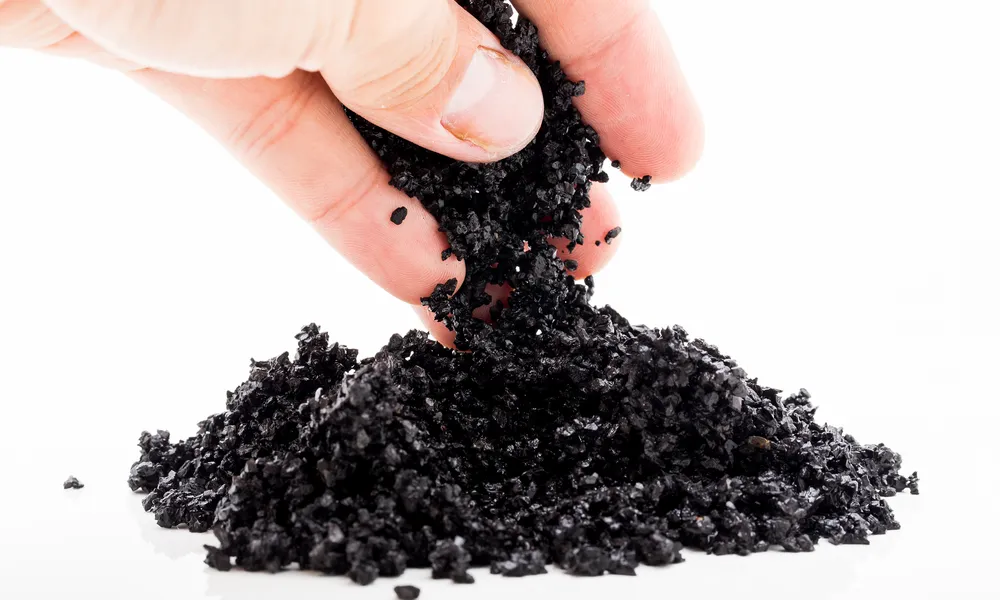 Tel:
+8615930870079
Tel:
+8615930870079
oct. . 14, 2024 09:06 Înapoi la listă
Can activated carbon completely remove indoor odors and pollutants in air purification?
In modern life, with the rapid development of urbanization and industrialization, indoor air quality has become a key factor in our healthy life. Decoration materials, furniture, daily cleaning products and human activities may produce various odors and pollutants, such as formaldehyde, benzene, TVOCs (total volatile organic compounds) and dust particles. These harmful substances not only affect the comfort of the indoor environment, but may also have a long-term impact on our health. In this context, activated carbon has become an important role in the field of air purification due to its excellent adsorption capacity.
The magical properties of activated carbon
Activated carbon, also known as activated carbon, is a specially treated carbon-containing material with a porous structure and a huge surface area, usually up to hundreds to thousands of square meters per gram. This unique structure enables activated carbon to adsorb and fix a large number of gas molecules, liquid molecules and colloidal particles like a sponge. In the field of air purification, activated carbon mainly uses its adsorption characteristics to effectively remove odors, harmful gases and particles in the air.
Removing indoor odors
Activated carbon is particularly good at adsorbing odors. Whether it is cooking fumes, pet body odor, tobacco odor, or irritating odors such as formaldehyde left over after decoration, activated carbon can effectively adsorb and reduce the concentration of these odor molecules through its microporous structure, thereby improving indoor air quality and creating a fresher and more pleasant living environment.
Removing indoor pollutants
In addition to odors, activated carbon can also effectively adsorb harmful gases in the air, such as formaldehyde, benzene, ammonia, sulfur dioxide, etc. These gases often come from decoration materials, furniture, detergents or outdoor air pollution. The porous structure of activated carbon provides a large number of adsorption sites that can capture and fix these harmful molecules, significantly reducing their concentration in the air and protecting the health of residents.
Can it be completely removed?
Although activated carbon performs well in air purification, the concept of "complete removal" requires a more detailed understanding. The adsorption capacity of activated carbon is limited, and when the adsorption is saturated, its purification effect will be greatly reduced. Therefore, regular replacement or regeneration of activated carbon filters is the key to maintaining their purification efficiency. In addition, the adsorption efficiency of activated carbon for certain specific chemicals or particles may vary, and it needs to be combined with other air purification technologies (such as HEPA filters, ultraviolet sterilization, etc.) to achieve a more comprehensive air purification effect.

-
Types and Applications of Air Filtration CartridgesȘtiriJul.28,2025
-
The Role of Gas Turbine FiltersȘtiriJul.28,2025
-
Mastering Air Filter Cartridge UseȘtiriJul.28,2025
-
Advanced Turbine Filters for Modern Gas TurbinesȘtiriJul.28,2025
-
Cellulose Air Filter Cartridge Advantages in Dust FiltrationȘtiriJul.28,2025
-
Cellulose Filters for Air Particle ReductionȘtiriJul.28,2025

 E-mail:
E-mail:





